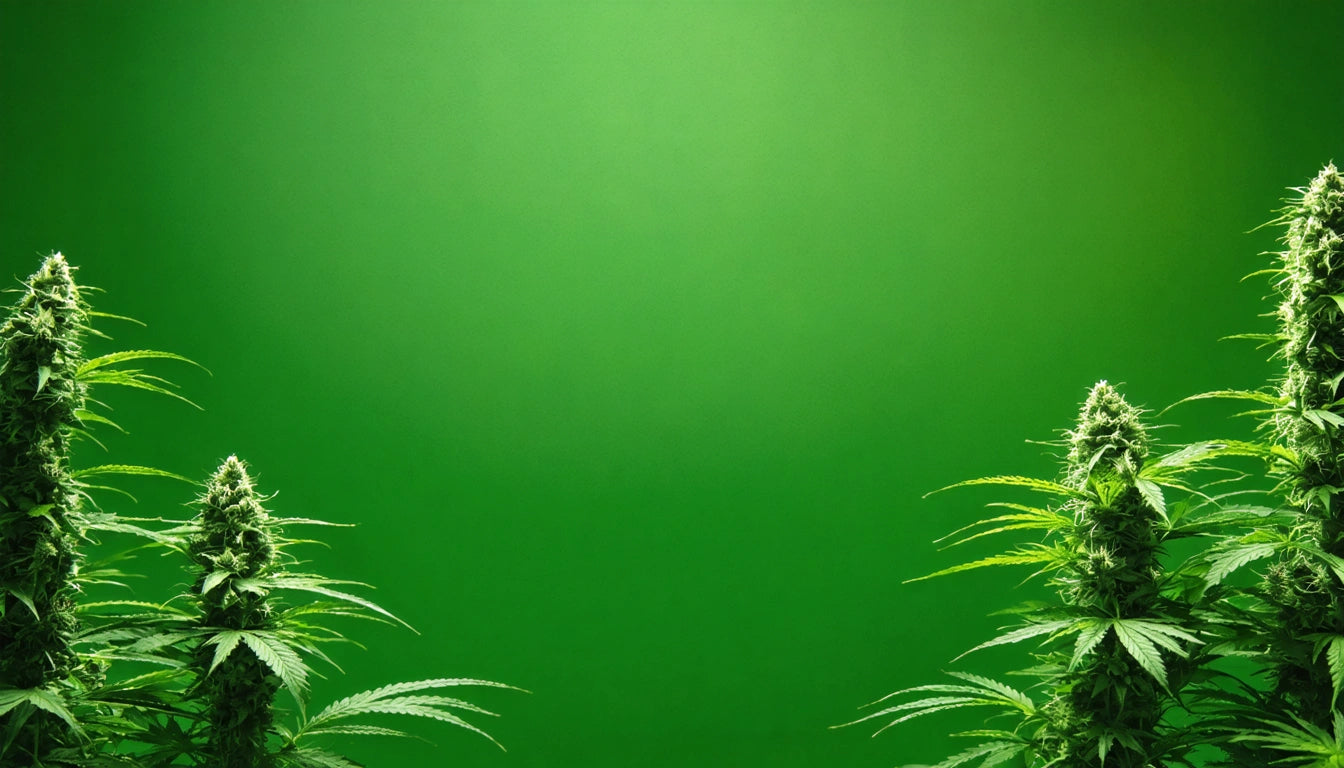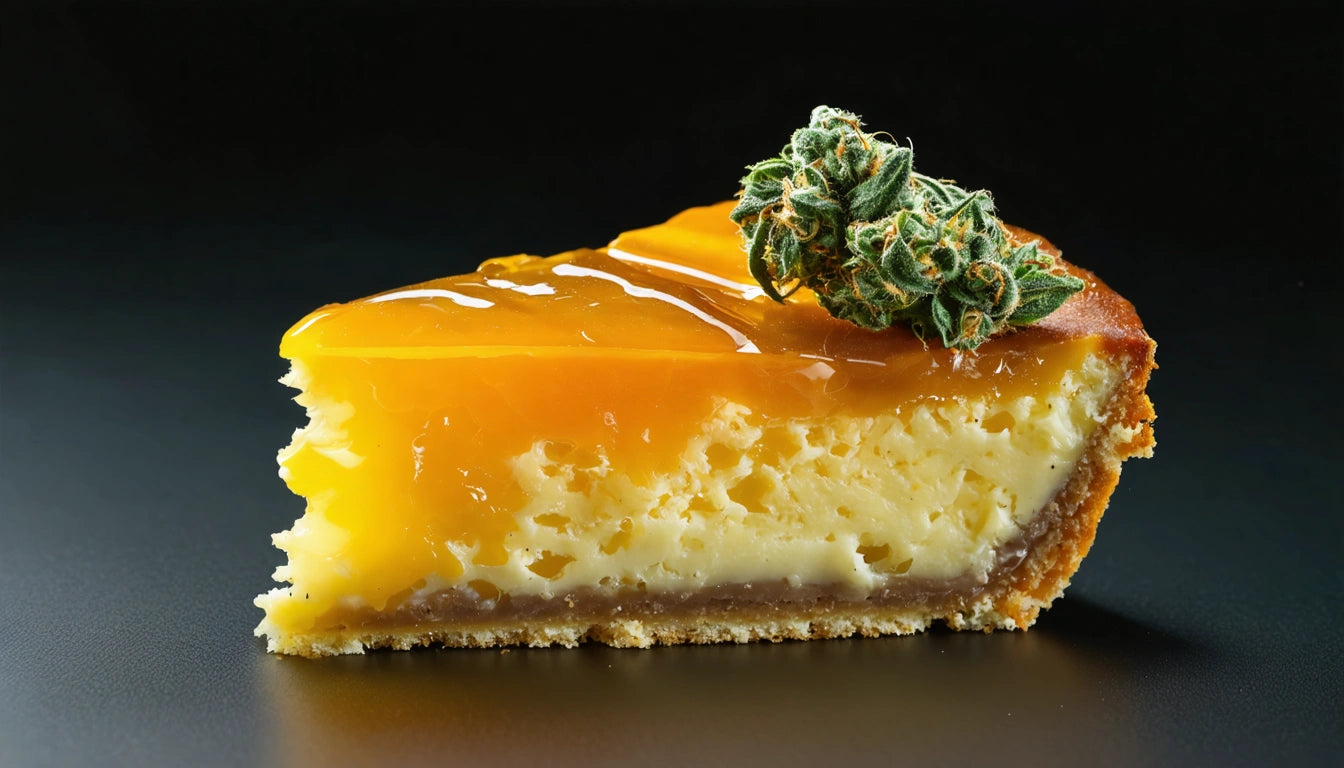Table of Contents
- Understanding Cannabis Light Needs: The Fundamentals
- Light Requirements by Growth Stage: From Seed to Harvest
- Measuring Light Intensity: PPFD, Lux, and Other Metrics
- Signs of Light Problems: Too Much or Too Little
- Optimizing Your Light Setup: Equipment and Positioning
- Maximizing Yields with Proper Lighting: Advanced Techniques
Optimal Light Requirements for Cannabis Plants: Understanding the Right Balance
Light is arguably the most crucial factor in cannabis cultivation. Understanding how much light weed plants need can make the difference between stunted growth and abundant harvests. Cannabis has specific light requirements that change throughout its lifecycle, and finding the right balance is essential for optimal growth and potency.
Understanding Cannabis Light Needs: The Fundamentals
Cannabis plants have evolved to capture light energy efficiently, converting it into growth through photosynthesis. As a high-energy plant, cannabis typically requires more intense light than many houseplants. The question of how much light does weed need isn't straightforward, as requirements vary by growth stage, strain, and cultivation environment.
In natural settings, cannabis evolved under full sun exposure, typically receiving between 6-8 hours of direct sunlight in the wild. When cultivating indoors, growers must replicate these conditions with artificial lighting systems that provide the correct spectrum and intensity.
Understanding sunlight requirements helps growers replicate natural conditions indoors or optimize outdoor growing positions. The goal is to provide consistent, appropriate lighting that supports photosynthesis without causing stress.
Light Requirements by Growth Stage: From Seed to Harvest
Seedling Stage
Many growers wonder how much light does weed seedlings need. At this delicate stage, cannabis requires gentle lighting:
- Duration: 18-24 hours light cycle
- Intensity: Lower than mature plants (200-400 PPFD)
- Distance: Lights should be further away (24-36 inches for HID, 18-24 inches for LEDs)
Seedlings can easily burn under intense light, so it's crucial to provide enough illumination without overwhelming them. Optimal light for seedlings typically means gentle, consistent exposure rather than intense direct light.
Vegetative Stage
As plants develop their structural foundation, they require:
- Duration: 18 hours light, 6 hours darkness
- Intensity: Medium to high (400-600 PPFD)
- Spectrum: Focus on blue spectrum to promote vegetative growth
During this stage, plants build the framework that will eventually support heavy buds. Adequate lighting during vegetation directly impacts final yields.
Flowering Stage
When plants begin producing buds, they need:
- Duration: 12 hours light, 12 hours darkness (strict darkness required)
- Intensity: Highest (600-900 PPFD)
- Spectrum: Increased red spectrum to promote flowering
Measuring Light Intensity: PPFD, Lux, and Other Metrics
Understanding how much light do pot plants need requires familiarity with measurement metrics:
- PPFD (Photosynthetic Photon Flux Density): Measures photons in the PAR range hitting a square meter per second (μmol/m ²/s). This is the most accurate measurement for plant-available light.
- Lux: Measures light intensity as perceived by human eyes. While not ideal for plants, many growers ask how many lux for plants is appropriate. For cannabis, general guidelines are:
- Seedlings: 5,000-10,000 lux
- Vegetative: 15,000-40,000 lux
- Flowering: 40,000-65,000 lux
- Wattage: While not a direct measure of light intensity, wattage helps estimate light output. For HID lights, aim for 40-60W per square foot.
Professional growers often use PAR meters to measure PPFD directly, ensuring plants receive optimal light at each stage. For home growers, smartphone light meter apps can provide approximate lux readings to guide adjustments.
Signs of Light Problems: Too Much or Too Little
Cannabis plants communicate their light needs through various physical signs:
Insufficient Light
- Stretching/elongation (plants reaching for light)
- Thin, weak stems
- Smaller, paler leaves
- Slow growth rate
- Poor bud development
Excessive Light (Can plants get too much light?)
- Leaf curling or cupping upward
- Bleached white spots on leaves closest to lights
- Yellow or brown leaf edges (light burn)
- Nutrient deficiency symptoms despite proper feeding
When storing cultivation supplies between growing cycles, proper containers are essential. Many growers use sealed jars with secure caps to preserve nutrients and additives that help address light-related plant issues.
Optimizing Your Light Setup: Equipment and Positioning
Choosing the right lighting technology significantly impacts how much light a pot plant needs:
- LED Grow Lights: Energy-efficient with customizable spectrums. Top LED grow lights provide excellent coverage with less heat.
- HID (High-Intensity Discharge): Including Metal Halide (MH) and High-Pressure Sodium (HPS). These traditional options deliver high intensity but generate significant heat.
- Fluorescent: Gentler options like T5s work well for seedlings and small grows.
Light positioning is equally important. As a general rule:
- LED lights: 12-36 inches from canopy depending on intensity
- HPS/MH: 12-24 inches from canopy (with proper cooling)
- Fluorescent: 2-6 inches from canopy
Many growers use adjustable hangers to modify height as plants grow or show signs of light stress. Understanding electricity usage helps balance light intensity with operational costs.
Maximizing Yields with Proper Lighting: Advanced Techniques
Once you understand how much sun does a weed plant need, you can implement advanced techniques to maximize production:
- Light Movers: Oscillating systems that move lights across the canopy, mimicking the sun's movement and improving light penetration.
- Light Deprivation: Techniques to control flowering by manipulating light cycles, especially useful for outdoor and greenhouse growers.
- Supplemental Lighting: Adding targeted lighting to lower canopy areas that typically receive less light.
- Light Training: Combining plant training techniques like LST (Low-Stress Training) with strategic light positioning.
Plant yield potential is directly tied to light exposure. By optimizing light distribution through canopy management and proper lighting techniques, growers can significantly increase production without adding more plants.
The science of cannabis lighting continues to evolve, with research showing that dynamic lighting schedules and spectrum tuning can further enhance cannabinoid and terpene production. As technology advances, growers have more tools than ever to provide precisely the light cannabis plants need at each development stage.











Leave a comment
All comments are moderated before being published.
This site is protected by hCaptcha and the hCaptcha Privacy Policy and Terms of Service apply.